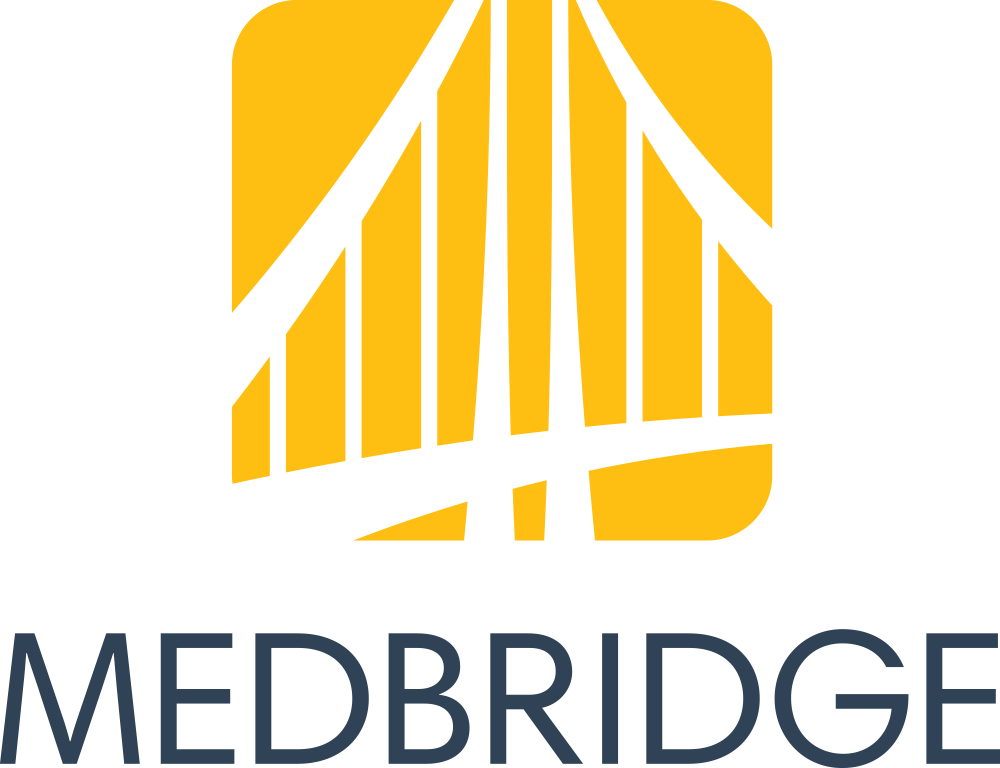Metacognition is all wrapped up in our language, social and executive functioning. To read a great explanation of how, see this article from Singer and Bashir (1999), two of my faves in the field.
Additionally, right now everyone, absolutely everyone, needs strategies for regulating ourselves. I have made it a focus in many of my sessions since March.
Recently Chris Hemsworth of Thor fame, so familiar to most of your students, put out a number of humorous videos showing that mindfulness failure is all part of the process (note that there are 6 videos in the series/playlist).
These vids are useful in a number of ways in speech and language sessions:
-mindfulness exercises are a great entryway to metacognitive talk: "during that I was thinking about..."
-you can pair these with actual exercises, see MyLife, Stop, Breathe & Think Kids, Calm, Zen Den, or MindUp's Curriculum
-each video is actually a narrative snippet: character, setting, initiating event, plan, actions/attempts, conclusion, so is good for mapping
-I actually used these in some lessons about humor for a student struggling with humor use, teaching about types of humor including play (Ward/Jacobsen's "same but different" concept is related to that type of humor and these videos)








